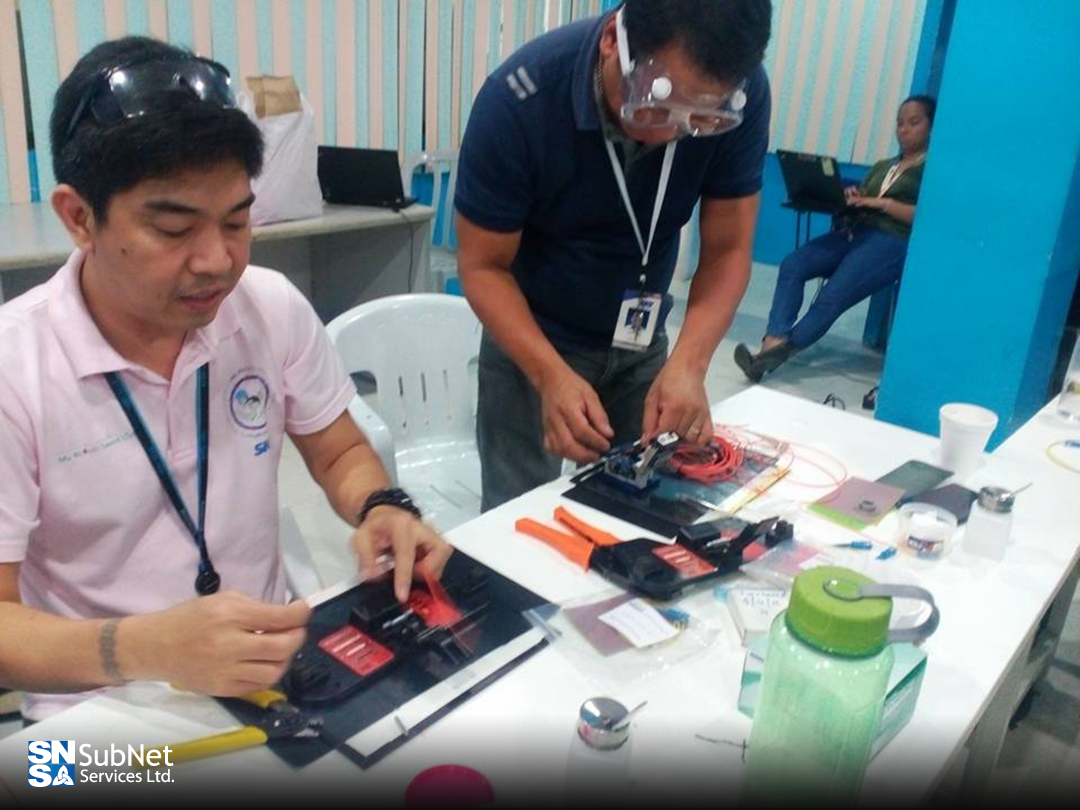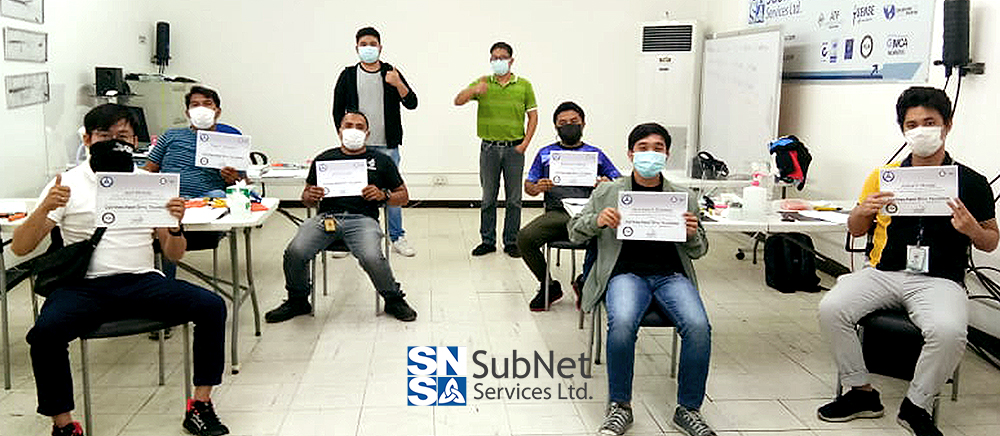Fiber Op-Tips: How to be a Fiber Optic Technician or a Premises Cabling Technician?
SubNet Services proudly offers two of the most in demand fiber optic courses today. These are the Certified Fiber Optic Technician (CFOT) and the Certified Premises Cabling Technician (CPCT) courses. These are the basic or first level Fiber Optic Association (FOA) certifications for anyone aiming to achieve a level of competence in the fiber optics field. Interested to know more about these courses? Read on.
SubNet Services’ CFOT Training Course
CFOT is the FOA certification for general fiber optics applications. You can qualify for this training as long as you are computer literate and of course, interested to be a fiber optic technician. Still, you can earn this certification by training at a FOA-approved school like SubNet Services. We actually offer this training in a minimum of three days. After taking this course, you will gain the appropriate knowledge, skills, and abilities (KSAs) in fiber optics. You can then apply these KSAs to almost any job in any field such as outside plant cabling, premises cabling, cable manufacturing, and so forth.
According to PayScale (an online salary, benefits, and compensation information company), most CFOTs generally work in the telecommunications industry. They install, repair, or maintain fiber optic cables used in carrying Internet, telephone, and television connections, either in residential or commercial areas. CFOTs are also responsible for troubleshooting and correcting any connection problems that may arise. They may promote company services and ensure customer satisfaction, too.*
Based on data from Salary Expert, countries in Asia as well as Colombia, Czech Republic, Denmark, Norway, Sweden, Russian Federation, and Australia pay the highest salaries for fiber optic technicians. In fact, an entry level fiber optic technician with one to three years of work experience can earn an average annual salary of around US$30,000. Meanwhile, a senior level fiber optic technician with eight or more years of experience can have an average annual salary of US$70,000.*
Know more about the CFOT course and how to be part of this training.
SubNet Services’ CPCT Training Course
CPCT, on the other hand, is the FOA certification for designers, installers, and operators of premises cabling networks. Premises cabling refers to generally customer-owned building or campus cabling used for the following: local area networks of computers (LANs), security systems (CCTV and alarms), building management systems, distributed antenna systems (DAS for cellular and WiFi), and other applications like industrial systems and electrical distribution management systems.*
Like CFOT, you are qualified to take this course as long as you are computer literate and have an interest in becoming a premises cabling technician. After a five-day duration of CPCT training, you will have demonstrated basic knowledge of premises cabling and communications networks. This includes copper cabling, fiber optics, and wireless systems, as well as skills and abilities in the installation processes used in the industry.
Based on FOA itself, the CPCT course also provides as an excellent training for IT or security personnel responsible for the operations of premises cabling networks. Nevertheless, most CPCTs will work as contractors and installers of premises cabling networks.*
You can check our scheduled trainings to choose a date that suits you. You can also learn more about our CPCT course by visiting our site.
Choose Our Courses, Choose SubNet Services
Your CFOT or CPCT certification can ultimately help you:
(1) qualify for overseas employment,
(2) earn high salary in telecommunications as well as other related industries, and
(3) leverage the international certification for immigration application points anywhere in the world.
Imagine how far can a less-than-a-week-training take you? Download our FREE how-to guide now to learn more.
Be trained and internationally certified!
Only here at SubNet Services.
______________________________
Sources:
www.payscale.com
www.salaryexpert.com
www.foa.org




Leave a comment